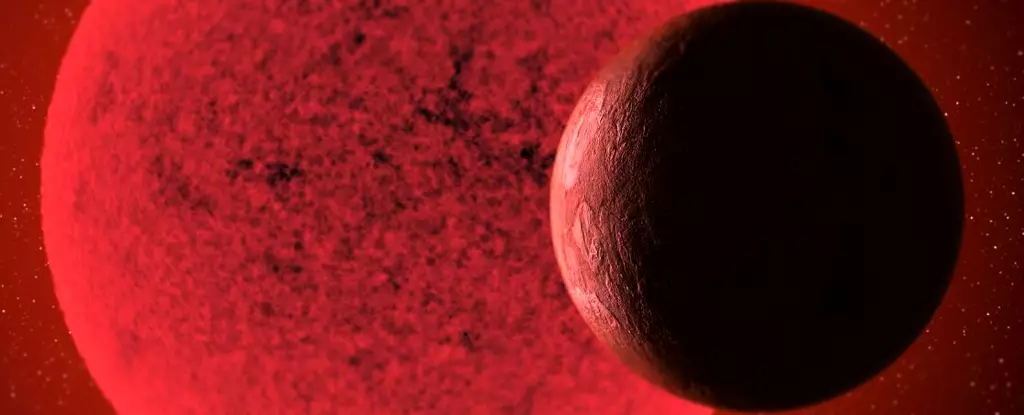The structure and dynamics of our Solar System are products of intricate gravitational forces and orbital mechanics that have developed over billions of years. The possibility of a ‘super-Earth’ existing where the asteroid belt currently lies between Mars and Jupiter presents a fascinating avenue for exploration among astrobiologists and planetary scientists. Researchers Emily Simpson and Howard Chen from the Florida Institute of Technology (FIT) delve into this proposal, exploring how the introduction of a sizable terrestrial planet in this interplanetary space could fundamentally alter the dynamics of our inner Solar System.
One of the striking characteristics in observations of other planetary systems is the prevalence of ‘super-Earths,’ which are exoplanets significantly larger than our planet yet substantially smaller than gas giants like Neptune. It raises a compelling question: why does our Solar System lack such planets in proximal orbits? Simpson and Chen’s inquiry begins with the hypothesis of a different formation scenario in our Solar System, one where the asteroid belt evolves into a planet instead of a scattered collection of rocky debris.
This presumption forces us to reevaluate our understanding of planetary formation and the delicate balance that sustains habitability in our corner of the universe. The consideration of a new planetary body brings with it profound implications, particularly regarding how it may impact the orbits and climates of neighboring planets like Earth, Mars, and Venus.
To assess the potential ramifications of a super-Earth, Simpson and Chen employed sophisticated mathematical modeling. Their simulations featured various planet sizes, ranging from a tiny 1 percent of Earth’s mass to a colossal ten times its mass. Over the course of million-year simulations, they meticulously tracked how such a planet, coined “Phaeton,” would influence the orbits and axial tilts of nearby planets.
The findings were compelling and nuanced. When exploring the effects of a smaller super-Earth—about the mass of Earth or slightly larger—it appears that the stability of the inner Solar System could remain relatively intact, with climate conditions remaining consistently temperate. However, the situation escalates dramatically with larger super-Earths. An addition weighing ten times as much as Earth could distort gravitational pulls significantly enough to alter the orbits of terrestrial planets, potentially pushing Earth into a less favorable zone within the Solar System.
The ramifications of such a shift are extensive. For instance, an increase in Earth’s proximity to Venus could plunge our blue planet into harsher climates, sapping the conditions necessary for life as we know it. Variations in axial tilt may evoke extreme seasonal changes—sudden swings from severe winters to scorching summers could emerge, fundamentally upsetting the ecological and atmospheric balance that current life depends on.
Thus, the research performed by Simpson and Chen brings to light the fragility of our planetary conditions. It underscores how necessary it is to question the very structure of our Solar System in the face of potential cosmic variations. Should we discover exoplanet systems exhibiting traits similar to our own—with a vital twist like a super-Earth—we may need to tailor our expectations regarding habitability based on these findings.
This line of inquiry holds significant implications for our exploration of exoplanets. The models created by Simpson and Chen could serve as benchmarks for scientists seeking to identify habitable zones in distant planetary systems. Understanding the relationship between planet size and habitability expands our perspective on what Earth-like conditions may entail in worlds far beyond our reach.
The exploration of the hypothetical super-Earth within our Solar System—anchored in rigorous simulations—opens fascinating avenues for understanding cosmic and planetary dynamics. While our Solar System exhibits a specific balance conducive to sustaining life, alternative planetary configurations may yield entirely different outcomes. As our exploration of the universe progresses, questions surrounding the balance of forces at play in exoplanetary systems will remain pivotal to our quest for life beyond our home planet. Thus, the findings not only enrich our scientific narrative but also deepen our appreciation for the incredible nuances that govern the cosmos.


Leave a Reply